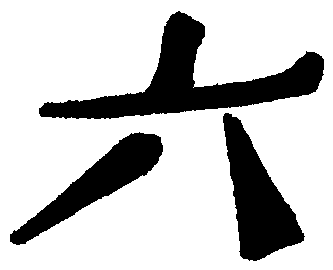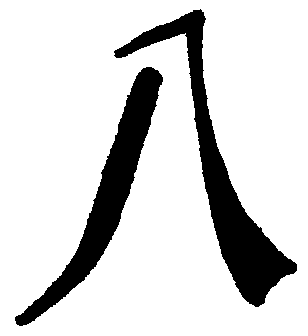| << Chapter < Page | Chapter >> Page > |
3. Now let us see what happens when we divide any number by 0. Work with a friend once more and do the following with the aid of your calculator:
3.1 6 ÷ 0 = ................................... 3.2 38 ÷ 0 = ..............................
3.3 438 ÷ 0 = ............................... 3.4 1 679 ÷ 0 = .........................
4. Why does the calculator give these answers?
DO YOU STILL REMEMBER?
Division by 0 is not allowed. We say it is undefined .
BRAIN-TEASER!
I think of a number. If I subtract 3 and then divide the number by 6, the quotient will be 7. What is the number? ..................
I think of another number. If I halve it and then divide it by 12, the quotient will be 9. What is the number? ..................
DID YOU KNOW?
The Chinese write either from top to bottom or from left to right. Some of their numbers look like these:
1.

2.

3.

4.

5.

6.

7.

8.

9.

10.

100.

1.1 Can you write the following in Chinese? Then give the answer in our number system.
| a) | 10 ÷ 1 = | |
| b) | 100 ÷ 10 = | |
| c) | 9 ÷ 3 = | |
| d) | 100 ÷ 4 = | |
| e) | 100 ÷ 5 = | |
| f) | 100 ÷ 7 = |
Division by 10, 100 and 1 000
1. In Mathematics certain rules enable us to calculate answers quickly. However, we must be able to "spot" or "deduce" the rule first before we can apply it. Work with a friend and complete the table.
| Number | 20 | 50 | 90 | 120 | 360 | 1 470 | 2 560 | 14 380 | 26 520 |
| ÷ 10 | ............ | ............ | ............ | ............ | ............ | ............ | ............ | ............ | ............ |
What do you notice when you look at the answer?
2. Complete the following also:
| Number | 300 | 800 | 1 200 | 2 600 | 14 700 | 32 500 |
| ÷ 100 | ................. | ................. | ................. | ................. | ................. | ................. |
Can you also write down the answers to the following?
3. Can you also write down the answers to the following?
| Number | 5 000 | 7 000 | 13 000 | 45 000 | 126 000 | 382 000 |
| ÷ 1 000 | .................. | .................. | .................. | .................. | .................. | .................. |
What happens when we divide by 1 000?
Division by multiples of 10 and 100:
1. You have now discovered rules for division by 10, 100 and 1 000. Now let us look at division by multiples of 10 and 100. Work through the following calculations with a friend:
| 1.1 180 ÷ 20 = (180 ÷ 10) ÷ 2 = 18 ÷ 2 = 9 | 1.2 4 200 ÷ 60 = (4 200 ÷ 10) ÷ 6 = 420 ÷ 6 = 70 |
| 1.3 3 600 ÷ 400 = (3 600 ÷ 100) ÷ 4 = 36 ÷ 4 = 9 | 1.4 54 000 ÷ 900 = (54 000 ÷ 100) ÷ 9 = 540 ÷ 9 = 60 |
2. Complete the following on your own:
2.1 1 380 ÷ 60 = (1 380 ÷ 10) ÷ ..................
= .................. ÷ ..................
= ..................
2.2 32 840 ÷ 40 = (32 840 ÷ ..................) ÷ ..................
= ......................... ÷ ..................
= ..................
2.3 15 500 ÷ 500 = (15 500 ÷ 100) ÷ ..................
= .................. ÷ ..................
= ..................
2.4 312 300 ÷ 300 = (312 300 ÷ ..................) ÷ ..................

Notification Switch
Would you like to follow the 'Mathematics grade 5' conversation and receive update notifications?